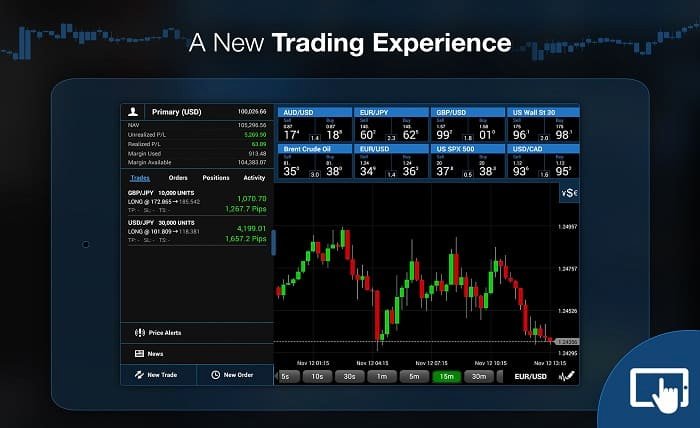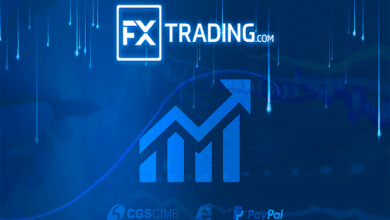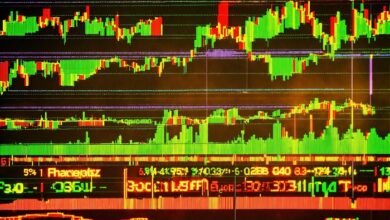FXTrade: The Ultimate Guide to Forex Trading Success

Introduction
FXTrade, also known as forex trading, is the global marketplace for exchanging national currencies. It’s the largest financial market in the world, with trillions of dollars traded daily. Mastering FXTrade can open up lucrative opportunities for traders who understand its intricacies. This guide will provide a comprehensive overview of FXTrade, helping you navigate the complexities and succeed in the forex market.
The Basics of FXTrade
At its core, FXTrade involves buying one currency while simultaneously selling another. This exchange rate is what determines the value of different currencies against each other. FXTrade operates 24 hours a day, five days a week, allowing traders to engage in transactions at any time, depending on the market’s activity across various global financial centers.
The Role of Currency Pairs in FXTrade
Currency pairs are the foundation of FXTrade. Each transaction involves two currencies: the base currency and the quote currency. For example, in the EUR/USD pair, EUR is the base currency, and USD is the quote currency. Understanding how to read and interpret these pairs is crucial for effective FXTrade strategies.
Analyzing the Forex Market
Successful FXTrade requires thorough market analysis. Traders typically use two main types of analysis: fundamental and technical. Fundamental analysis examines economic indicators, news events, and geopolitical developments that can affect currency values. Technical analysis, on the other hand, focuses on historical price data and chart patterns to predict future movements.
Choosing the Right FXTrade Platform
Selecting the right FXTrade platform is essential for a seamless trading experience. Look for platforms that offer user-friendly interfaces, comprehensive charting tools, real-time data, and robust security features. Popular platforms include MetaTrader 4 (MT4), MetaTrader 5 (MT5), and proprietary platforms offered by various brokers.
Developing a Trading Strategy
A well-defined trading strategy is key to success in FXTrade. Strategies can range from scalping, which involves making quick trades to take advantage of small price movements, to long-term trading, which involves holding positions for extended periods based on broader market trends. Your strategy should align with your risk tolerance, trading style, and financial goals.
Managing Risk in FXTrade
Risk management is crucial in FXTrade to protect your capital from significant losses. Techniques such as setting stop-loss orders, using leverage wisely, and diversifying your portfolio can help mitigate risks. Remember, successful FXTrade is not just about making profits but also about preserving your capital.
The Importance of Leverage in FXTrade
Leverage allows traders to control larger positions with a smaller amount of capital. While leverage can amplify profits, it also increases the risk of significant losses. Understanding how to use leverage effectively is vital in FXTrade. Most brokers offer varying levels of leverage, so choose a level that aligns with your risk tolerance.
Staying Updated with Forex News
Staying informed about global economic events and news is essential for FXTrade. Economic indicators such as interest rates, employment reports, and GDP figures can have significant impacts on currency values. Utilize news sources, economic calendars, and market analysis tools to stay updated and make informed trading decisions.
The Psychological Aspect of FXTrade
The psychological aspect of FXTrade is often underestimated. Emotions like fear and greed can influence trading decisions and lead to costly mistakes. Developing a disciplined approach, sticking to your trading plan, and maintaining emotional control are essential for long-term success in FXTrade.
Utilizing FXTrade Tools and Resources
Many tools and resources are available to assist with FXTrade. These include economic calendars, trading signals, educational materials, and demo accounts. Utilizing these resources can enhance your trading skills, provide valuable market insights, and help you make better-informed decisions.
Learning from Successful FXTrade Traders
Learning from successful FXTrade traders can provide valuable insights and inspiration. Many experienced traders share their strategies, tips, and experiences through blogs, webinars, and social media. Studying their approaches can help you refine your own trading strategies and improve your chances of success.
Conclusion
Mastering FXTrade requires a combination of knowledge, strategy, and discipline. By understanding the basics, choosing the right platform, developing a sound strategy, managing risks, staying informed, and learning from successful traders, you can navigate the forex market with confidence. FXTrade offers immense potential for financial success, but it requires dedication and continuous learning.
FAQs
1. What is FXTrade?
FXTrade, or forex trading, is the global marketplace for exchanging national currencies. It involves buying one currency while selling another, operating 24/7 across various global financial centers.
2. How do I choose the right FXTrade platform?
Choose a platform that offers a user-friendly interface, comprehensive charting tools, real-time data, and robust security features. Popular choices include MetaTrader 4, MetaTrader 5, and proprietary platforms offered by brokers.
3. What are the main types of analysis used in FXTrade?
The main types of analysis in FXTrade are fundamental analysis, which examines economic indicators and news events, and technical analysis, which focuses on historical price data and chart patterns.
4. How important is risk management in FXTrade?
Risk management is crucial in FXTrade to protect your capital from significant losses. Techniques such as setting stop-loss orders, using leverage wisely, and diversifying your portfolio can help mitigate risks.
5. How can I stay updated with forex news?
Stay informed about global economic events and news using news sources, economic calendars, and market analysis tools. Economic indicators like interest rates and GDP figures can significantly impact currency values.





